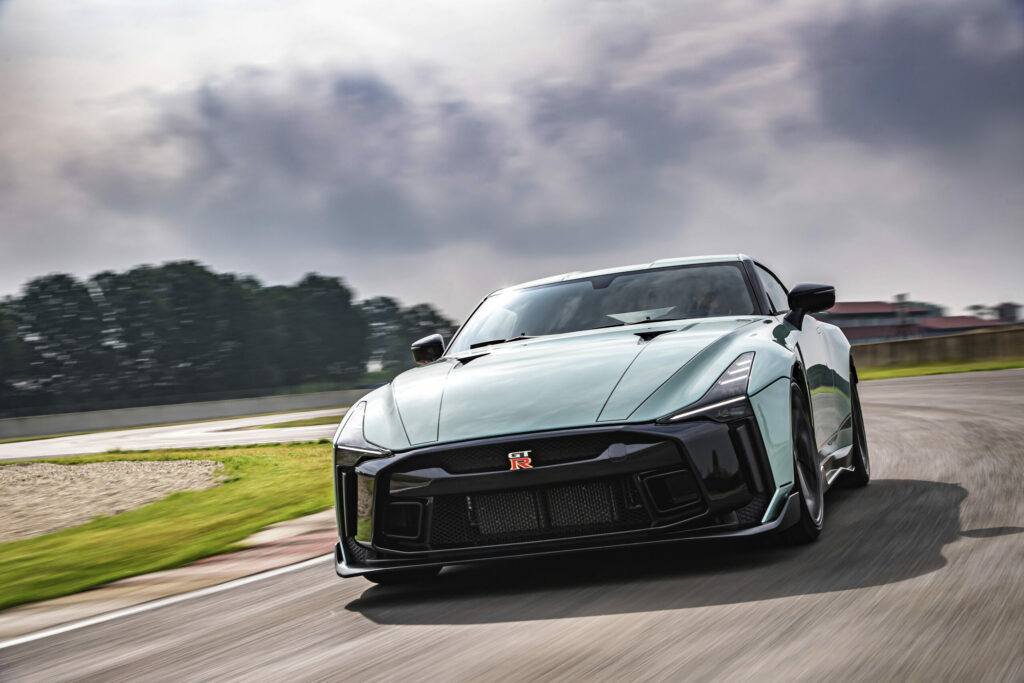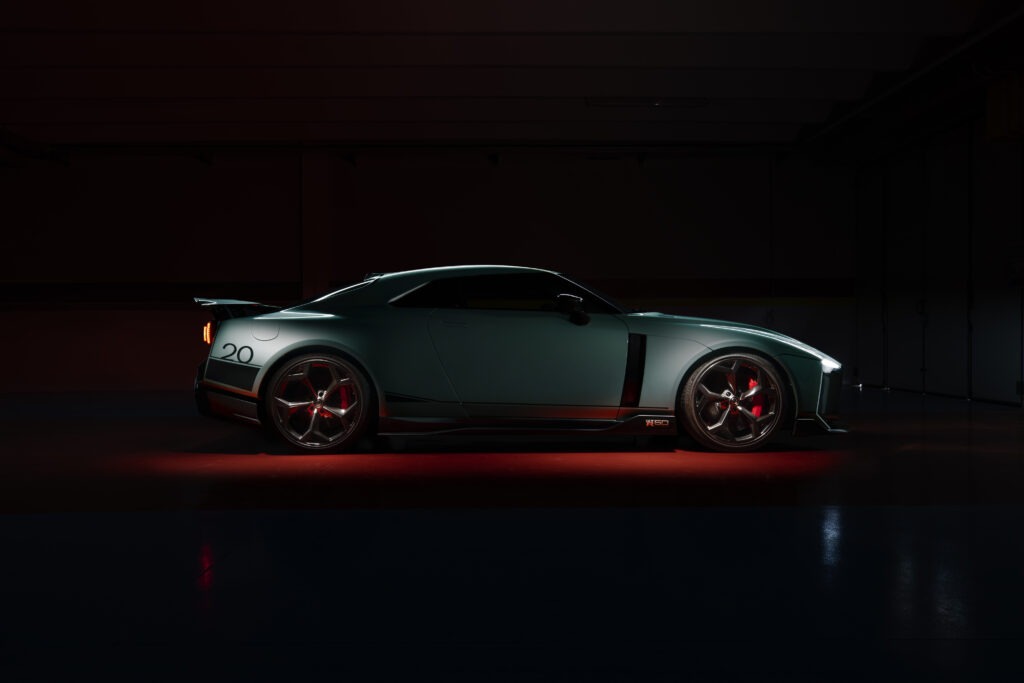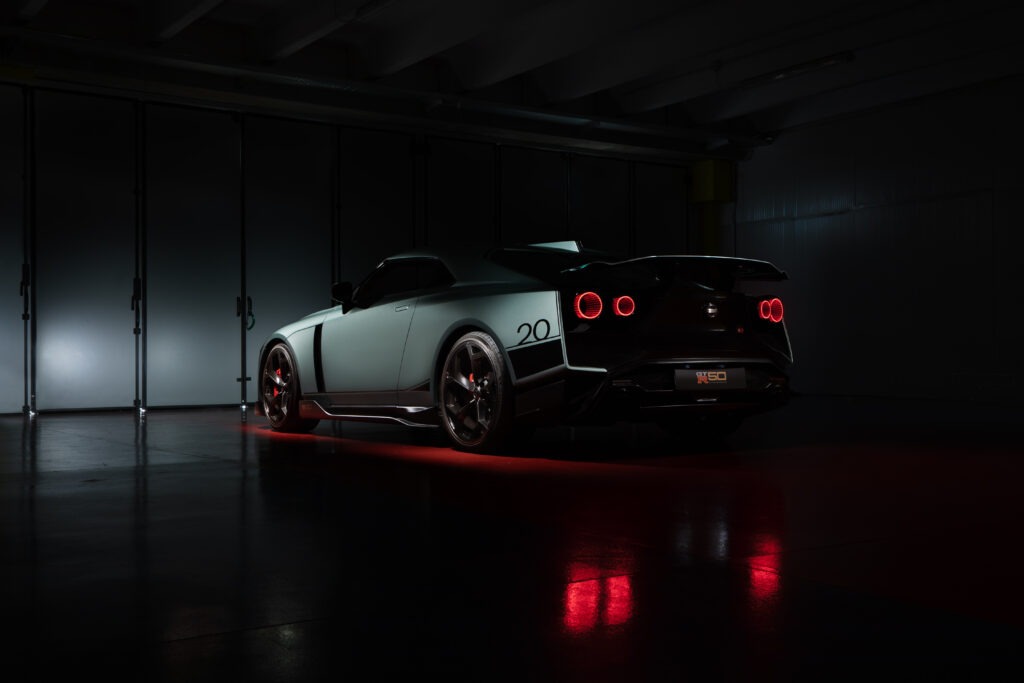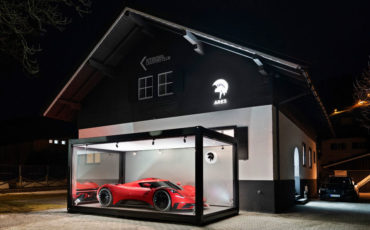
The waiting is finally over: just a few minutes ago, in streaming from the “Tazio Nuvolari” circuit in Cervesina, Italdesign launched the first Nissan GT-R 50 by Italdesign in the celebratory edition limited to fifty units. The Nissan GT-R 50 by Italdesign is the result of the collaboration with the Japanese car manufacturer that began in 2018 with the creation of the prototype of the same name.
The success achieved in the months following the presentation of the project drove Nissan and Italdesign to decide to launch production of the road version in a limited series of 50 units. The first vehicles will be delivered to customers in late 2020 and early 2021.

“This is a very special day – said Jörg Astalosch, Italdesign CEO – after extremely difficult weeks for everyone. After we had to renounce to the world premiere at the Geneva Motor Show and, after the partial stop of our production activities due to COVID-19, in early May we have returned 100% operative and can confirm the delivery of the first cars between the end of this year and early 2021, as planned. It is no coincidence that we presented the car from the “Tazio Nuvolari” circuit: it is where we routinely process all dynamic tests necessary for vehicles type approval for the different markets and we are about to conclude the ones for our GT-R 50 “.
Nissan collaborated with Italdesign to create the model, based on the latest Nissan GT-R NISMO, in commemoration of the 50th anniversaries of the GT-R in 2019 and Italdesign in 2018. Powering each GT-R50 by Italdesign is a NISMO-tuned 720 PS hand-built 3.8-liter twinturbocharged V6
Customer demand for the production version of the car is strong, with a significant number of deposits already taken, and customers across the globe are in the process of selecting personal specifications for their vehicles, customers will be able to choose a livery inspired to the GTRs that made the history of the brand. That will make the already limited car — of which only 50 will be produced — even more attractive to collectors. A limited number of reservations for the remaining models are still available.

“Our customers have relished the personalized experience provided by Italdesign, who have a long tradition in the exclusive field of ultra-rare, bespoke high-performance vehicles,” said Michael Carcamo, Nissan’s Program Director Sports Cars and NISMO. “Their experience with the GT-R50 has been incredible and I can say first-hand that each car will certainly be a standalone masterpiece.”
Those interested in the GT-R50 by Italdesign can visit www.GT-R50.nissan or contact Italdesign directly at aporta.gtr50@italdesign.com. In Japan, customers can now purchase a GT-R50 by Italdesign through SCI Co. Ltd., a subsidiary of VT Holdings, which has been appointed official importer and distributor for these exclusive cars in the country.
For inquiries in Japan, contact justin.g tr50@vt-holdings.co.jp


